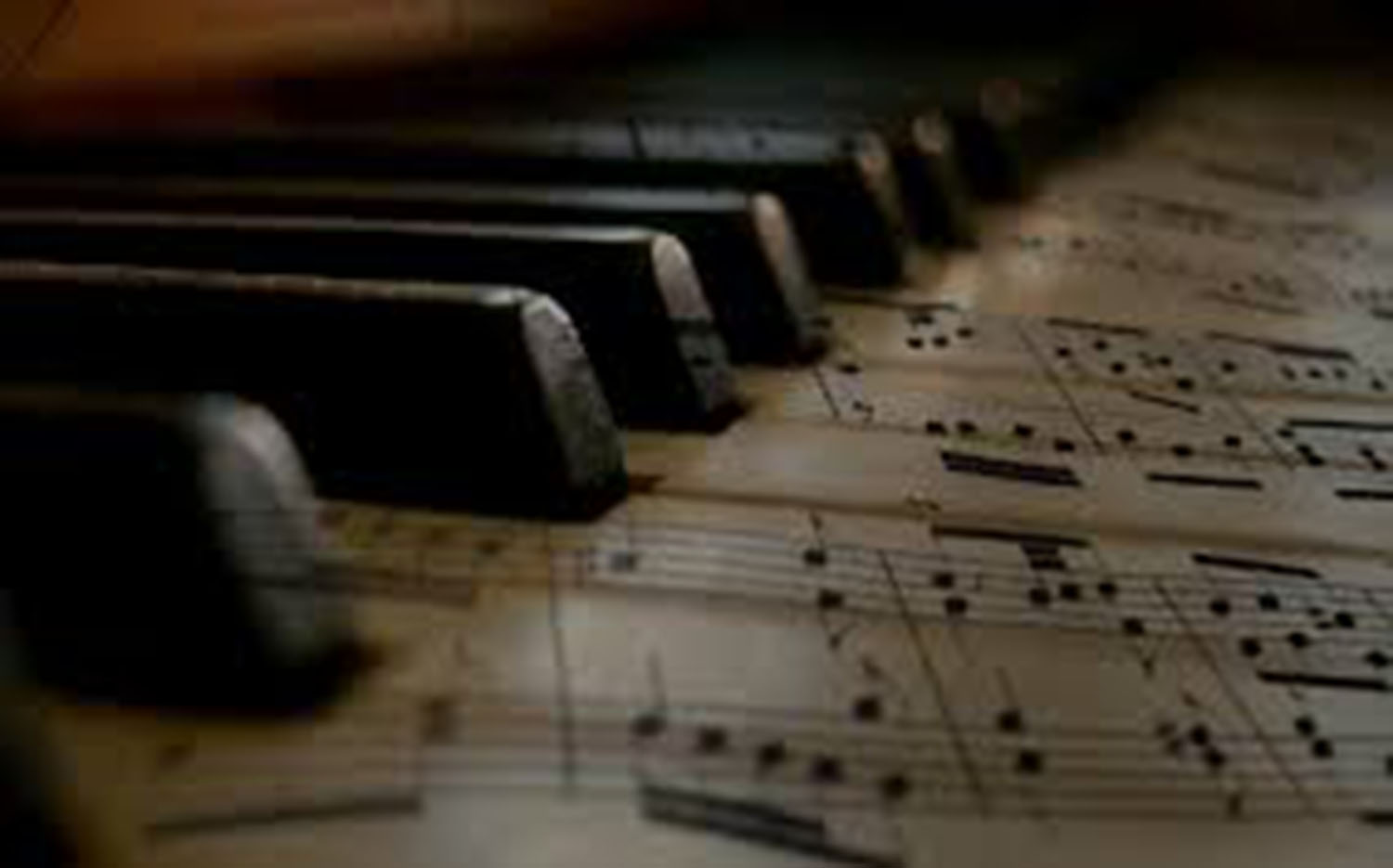The Master Key – Unlocking Musical Scales
Music Theory is a scary subject for a lot of producers. It’s certainly not vital to making great songs, but knowing the laws and language of music is a great tool to have and there’s a workaround to help jumpstart your progress. I’m not saying that you should totally ignore what makes up a scale and that you should never learn about the circle of fifths. I suggest that my private students treat this like school, a constant education process. Keep a notebook and write down the questions that come up, then do the research on the vast library that is the Internet. Music theory is a daunting process, and just like any language, there are patterns everywhere.
On a piano, the pattern of the White and Black Keys is broken up into sets of 2’s and 3’s. There are 12 “Steps” between any Note, and the next similar Note, or an ‘Octave’ Higher or Lower. The key comes with knowing which of the 8 correct notes make up a scale.

In this audio clip we have the examples of an octave, and the 12 steps or “Chromatic” Scale to get there.
In a chromatic scale, you are only taking a Half Step between notes, a scale is made by the different ratios of Whole Steps and Half Steps. For Example here’s a the pattern to remember, it’s the break down of what makes up a ‘C major’ Scale Played On Piano.
R=Root Note W=Whole Step H=Half Step

Do Re Mi Fa So La Ti Do, makes sense right?
Now check out the “Darker” Tones of the C Minor Scale.

So, these scales sound vastly different, right? Here’s where the patterns come in. The Red Notes in those Diagrams are the Root Notes. If you start on any note on the Piano, and follow the Major/Minor Formulas, you’ll know the scale! Here it is for A Major and Minor.


So the next question I’m guessing you have is, what the ‘#’ and ‘b’ symbols mean, right? In a scale, you can’t have the same note twice, for example, F# in A Major and Gb in C minor? The ‘#’ is Sharp and is the next available half step up from a note, and the ‘b’ is Flat and is one half step lower. That’s it!! Simple as that, and like I said, this isn’t a way to dip around all music theory, but KEEP PRACTICING! This is one of my favorite improvisational tools, and the deeper you dive into music theory, the more ratios and patterns you will start to recognize!
Music Theory is not Music Law. Break Rules, Make Mistakes, Never Stop Learning.
This article was inspired by Robbie Gennet’s ‘The Key Of One’ a great book that I was recommended when it first came out, and I have continued to reference and pass it along ever since. Find it at the link below! https://www.amazon.com/Key-One-Book-DVD/dp/0739065904

